
Advertisement
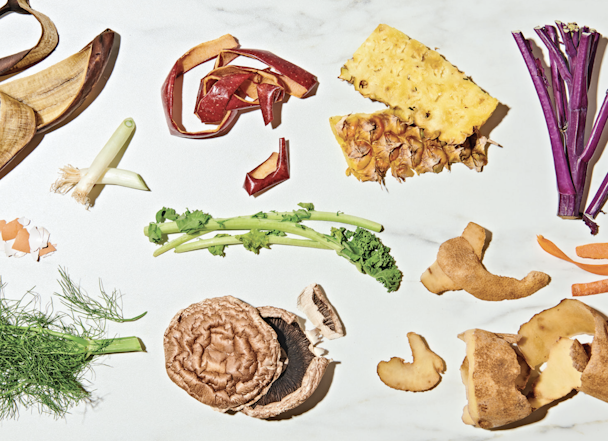
Ikea Scrapsbook
Ikea has dabbled in many things – from a trash cleaning bath boat to virtual greenhouses. With a mission to help people live more sustainably, Ikea is now branching out into the world of food by creating 'The ScrapsBook' - a cookbook that makes waste food a lot more appetizing. The Drum catches up with Ikea and its ad agency Rethink to hear how it was created.
Ikea, home of the legendary hot dog (and the welcome savior of any intense shopping trip) is furthering its cooking credentials with a free cookbook and an Instagram live series called #Scrapcooking Sundays.
A world away from the likes of Yotam Ottolenghi's twenty ingredient entrées, with The ScrapsBook, there is no need to trail around fancy food stores in a feverish attempt to find coconut flour. The main ingredients in this cookbook are scraps, and it features recipes such as a 'Wilted Smoothie,' 'Stalk Tacos,' and 'Mac & Rinds.'
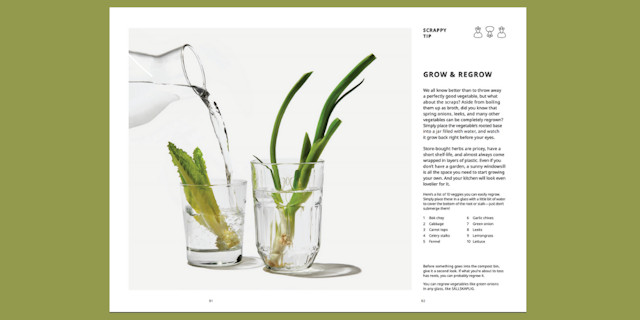
While some might question exactly what Ikea knows about writing a cookbook, in recent years the brand has made it its mission to blend its blue and yellow branding into a green strategy. By placing time and effort into refining its approach to sustainability, Ikea has proven that it doesn’t matter what size your business is, you can make big changes and hopes to be fully circular by 2030.
“By inspiring our customers to live more sustainably at home in an easy and simple way, we’re doing our part as a business to have a positive impact, from our supply chain through our retail stores, and into our customers’ homes,” explains Johanna Andren, head of marketing for Ikea Canada.
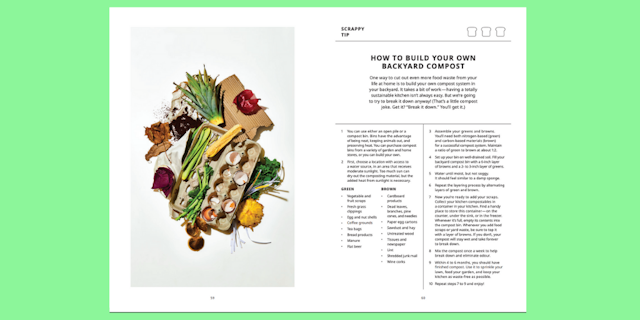
The idea for a cookbook for scrap food first emerged when Ikea's agency of record was developing a communication strategy for the brand's latest kitchen range. Joel Holtby, partner and creative director at Rethink, explains how the team started by thinking outside of the kitchen.
“Ikea as a product line has a lot to do with sustainability,” he explains, pointing to its Kungabacka range of kitchen fronts, which are made from recycled wood and recycled PET bottles. “That kicked us off into looking at waste. The kitchen is one of the most wasteful rooms in your home.”
Indeed, food waste is an ongoing problem across the world. In Canada, more than half (58%) of all food produced is lost or wasted. That’s 35.5 million tonnes, according to Second Harvest, a Toronto agency that collects surplus food.
Off the back of its October Scrap Ballet TV campaign, Holtby pitched the idea of a 'The ScrapsBook' as part of a broader campaign to Ikea. But, he admits, he did not have much confidence that it would be picked up.
“When you go to any client, and say we want to write a book. They’re like cool, can you write a book in three weeks,” he laughs. Lucky for the team at Rethink, the idea was a hit. “They bought into the vision knowing that it would be a labor of love. It needed time to be crafted.”
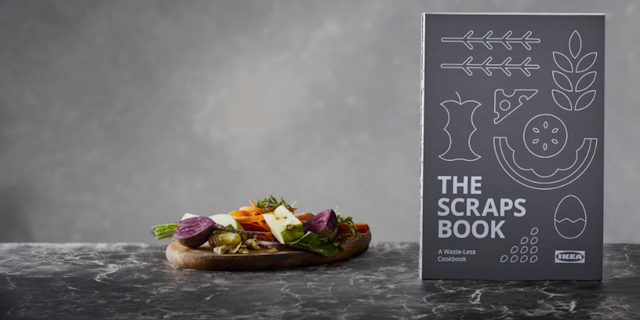
“The book actually had to be made to be hyper-sustainable,” Holtby claims. “We had different iterations that had sustainability built into the overall aesthetic and design of the book. For example, glue is toxic and unsustainable, so the book doesn’t have a traditional spine.“
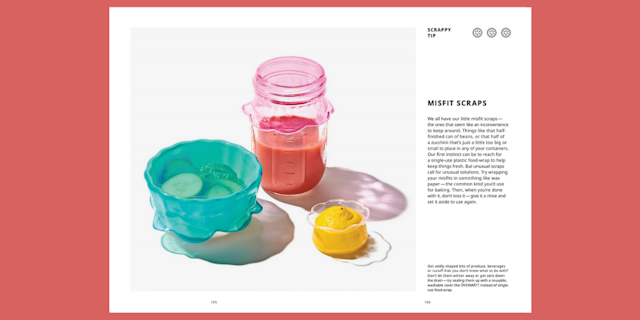
While Ikea is well-informed in dining wear, it knew it needed to get the right chefs on board to ensure the recipes were more fruit compote than fruit compost. Andren explains how they started working with chefs from across North America, ensuring they had sustainability at the heart of their restaurants.
“It was really important that we partnered with the right chefs that were already exemplifying this approach to food waste and sustainable cooking,“ she insists. “Having these partners really elevated the content and caliber of recipes while keeping them exciting, unique, and approachable for the home cook.“
While laying out the recipes in the cookbook, Ikea seamlessly weaves in its kitchen products, without shoving them down people's throats. “We had lots of discussions around whether to call out the products out on the page,“ admits Holtby.
To explain the decision to hold back product information, he refers to the 'ping pong theory'. “If I threw one ping pong ball, you would catch it. If I grabbed six of them, you probably wouldn’t catch any of them,“ he explains. “Those ping pong balls are exactly like ideas.“
Ikea got on board with this approach, and so everything that was used in the cookbook and in its campaign creative was from its kitchen collection. However, there was no product list. “It’s a balance of keeping the idea but not having it become too much,“ he says. “Like a catalog.“
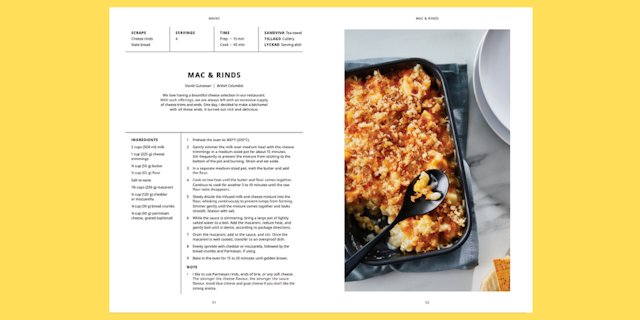
With the campaign now in full swing, an extension of The ScrapsBook is #Scrapbooking Sundays - a weekly series featuring four of its partner chefs. Each week, they do live cooking tutorials of their recipes on Instagram Live.
“It's great to be able to work with the chefs from the cookbook and bring them into our Instagram channel,“ Holtby muses. “To basically go through your fridge and produce meals.“
Now that the cookbook is out to be explored, Andren says: “We really want to get The ScrapsBook in as many homes as possible to hopefully inspire Canadians to make small and simple changes in their cooking and eating habits. The more of us that make these changes the bigger the global impact will be.“